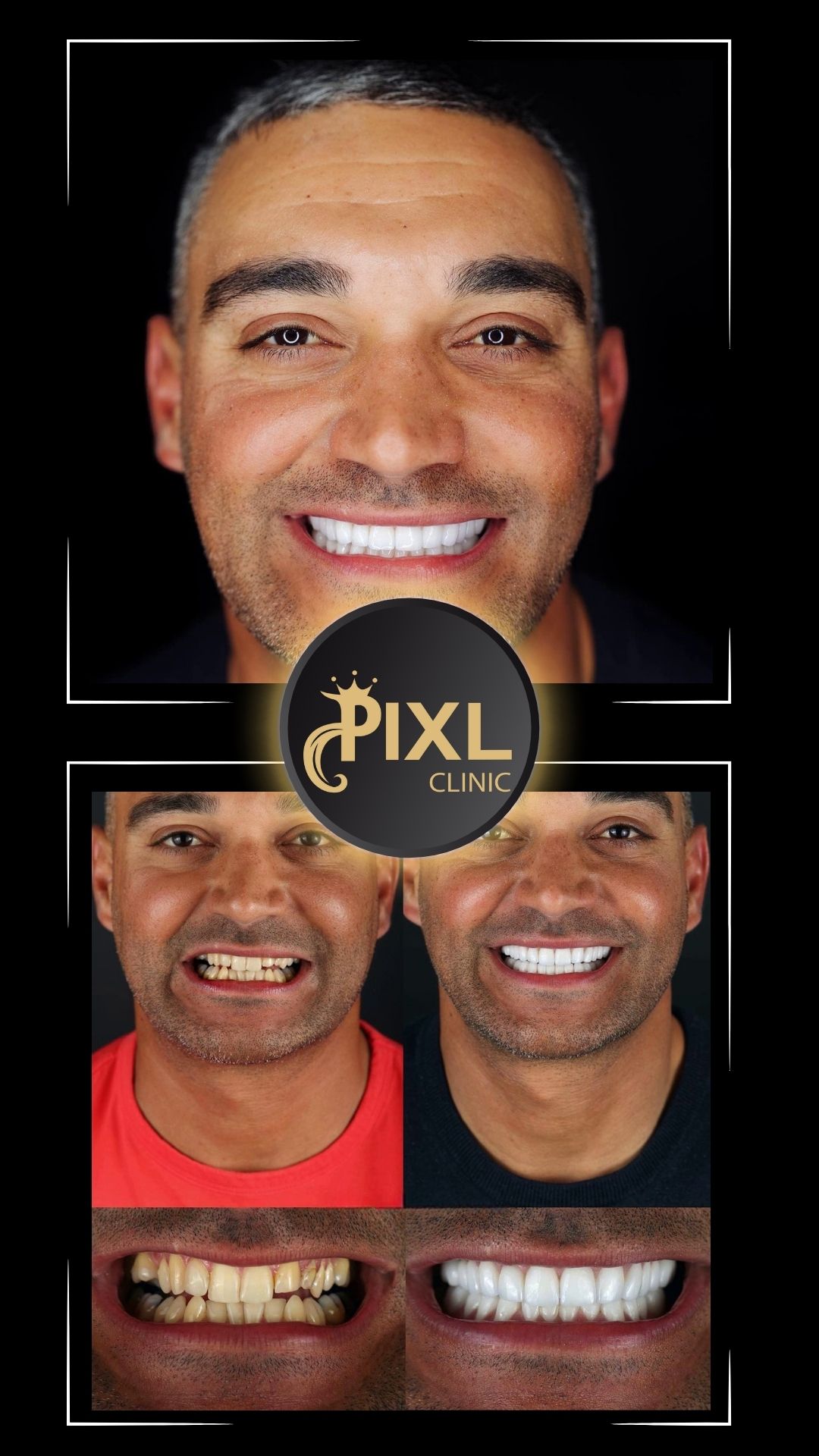Is a Sinus Lift Required for Dental Implants?
Dental implants have become a preferred solution for replacing missing teeth, offering a durable, natural-looking, and long-lasting alternative to dentures or bridges. However, in some cases, a sinus lift procedure might be necessary to ensure the success of dental implants. If you’re considering dental implants and have been advised about a sinus lift, you may have questions about what it involves, why it’s needed, and whether it applies to your situation. Let’s explore this topic in detail.
What Is a Sinus Lift?
A sinus lift, also known as sinus augmentation, is a surgical procedure that adds bone to the upper jaw in the area of your molars and premolars. The goal is to increase the amount of bone available to securely anchor dental implants. This is done by lifting the sinus membrane upward to create space for the added bone.
The procedure is typically recommended when the natural bone height in the upper jaw is insufficient or when the sinuses are too close to the jaw for an implant to be securely placed.

Why Would You Need a Sinus Lift?
The necessity for a sinus lift depends on several factors, including:
- Insufficient Bone Volume
Dental implants require a certain amount of bone for stability. If you’ve experienced bone loss due to gum disease, tooth loss, or other conditions, there may not be enough bone to support the implant. - Proximity to the Sinus Cavity
The maxillary sinuses, located above your upper teeth, can sometimes sit too close to the jawbone. Placing an implant without adequate bone height could risk perforating the sinus membrane, which can lead to complications. - Long-Term Tooth Loss
If teeth have been missing for a long time, the bone in that area may have deteriorated over time, necessitating a sinus lift before placing implants. - Bone Quality Concerns
Even if the bone is present, it may not be dense or strong enough to securely hold an implant, particularly in the upper jaw where bone tends to be softer.
How Is a Sinus Lift Performed?
A sinus lift is usually performed by an oral surgeon or a periodontist. Here’s what to expect during the procedure:
- Preparation
The surgeon will determine the amount of bone needed and the type of graft material to use. This can include your own bone (harvested from another part of your body), synthetic materials, or donor bone. - Accessing the Sinus
A small incision is made in the gum tissue to expose the jawbone. A small window is then created in the bone to access the sinus cavity. - Lifting the Sinus Membrane
The sinus membrane is carefully lifted upward, and the space created is filled with the graft material. - Healing Period
After the procedure, the grafted area needs time to integrate with the existing bone. This healing period can take several months before the implants can be placed.
Do All Dental Implant Patients Need a Sinus Lift?
Not every patient requires a sinus lift. The need for this procedure depends on factors such as:
- The location of the missing tooth or teeth
- The condition of the jawbone in that area
- The size and shape of the maxillary sinuses
Your dentist or oral surgeon will use imaging techniques like X-rays or a CT scan to assess your bone structure and determine whether a sinus lift is necessary.
Risks and Benefits of a Sinus Lift
Benefits
- Increases the success rate of dental implants.
- Improves jawbone stability and structure.
- Allows patients with significant bone loss to benefit from implants.
Risks
While sinus lifts are generally safe, potential risks include:
- Sinus infection or inflammation.
- Perforation of the sinus membrane.
- Prolonged healing time.
Conclusion: Is a Sinus Lift Right for You?
A sinus lift is a highly specialized procedure that plays a critical role in ensuring the success of dental implants for certain patients. If you’ve been told you need one, it’s likely because your jawbone isn’t naturally suitable for implants without it.
The best way to determine if a sinus lift is necessary for you is to consult with a qualified dental professional who can assess your unique situation and provide a tailored treatment plan. With proper care and expert guidance, you’ll be on your way to a healthier, more confident smile.
Have questions about dental implants or sinus lifts? Reach out to your dental professional for a personalized consultation today!
Sinus Lift FAQ: Everything You Need to Know
What is a sinus lift, and why is it needed?
A sinus lift is a surgical procedure that adds bone to your upper jaw near your molars and premolars. It’s necessary when there isn’t enough bone height to securely place dental implants or when the sinuses are too close to the jawbone.
How do I know if I need a sinus lift?
Your dentist or oral surgeon will determine the need for a sinus lift based on imaging such as X-rays or CT scans. It’s usually required if:
- There’s significant bone loss in your upper jaw.
- The sinus cavity is too close to the jawbone.
- You’ve experienced long-term tooth loss, leading to bone deterioration.
Is the procedure painful?
The procedure is typically performed under local anesthesia and sometimes sedation. Most patients report mild discomfort afterward, similar to having a tooth extracted. Pain and swelling can be managed with prescribed medications.
How long does a sinus lift take?
The procedure usually takes about 1.5 to 2 hours, depending on the complexity and the amount of bone grafting required.
What materials are used for the bone graft?
The bone graft material can come from:
- Your own bone (harvested from another part of your body, like the hip or chin).
- Donor bone (from a tissue bank).
- Synthetic bone (man-made materials designed to mimic natural bone).
Your surgeon will choose the best option for your needs.
How long is the recovery time?
Recovery typically takes several weeks for the initial healing. However, the bone graft needs time to integrate with your existing bone, which can take 4-9 months before implants can be placed.
Are there risks associated with a sinus lift?
Like any surgical procedure, a sinus lift carries some risks, including:
- Sinus membrane perforation.
- Sinus infection or inflammation.
- Prolonged swelling or bleeding.
- Failure of the bone graft to integrate properly.
These risks are rare when performed by an experienced surgeon.
Can I get dental implants right after a sinus lift?
In some cases, implants can be placed simultaneously with the sinus lift if the existing bone is sufficient. However, in most cases, you’ll need to wait several months for the bone to heal and integrate before the implants are placed.
What can I expect during recovery?
After the procedure:
- Avoid blowing your nose or sneezing forcefully to prevent pressure on the sinus area.
- Follow your dentist’s instructions for oral hygiene.
- Take prescribed antibiotics and pain relievers as directed.
- Attend follow-up appointments to monitor healing.
How long do the results last?
Once the bone graft has healed and implants are successfully placed, the results are typically long-lasting. Proper oral hygiene and regular dental visits are essential to maintain the health of your implants and surrounding bone.
Is a sinus lift covered by insurance?
Coverage depends on your insurance plan and the reason for the procedure. If it’s deemed medically necessary, some portion may be covered. It’s best to check with your insurance provider for details.
Can everyone get a sinus lift?
Most people who need additional bone for dental implants are candidates for a sinus lift. However, your overall health and specific oral conditions will determine if the procedure is suitable for you.
































